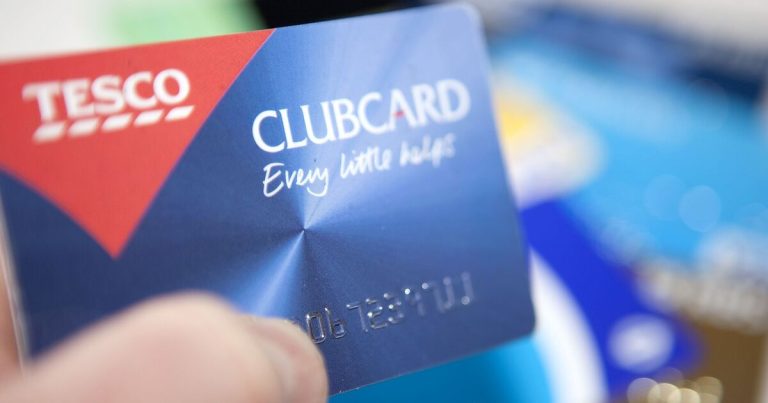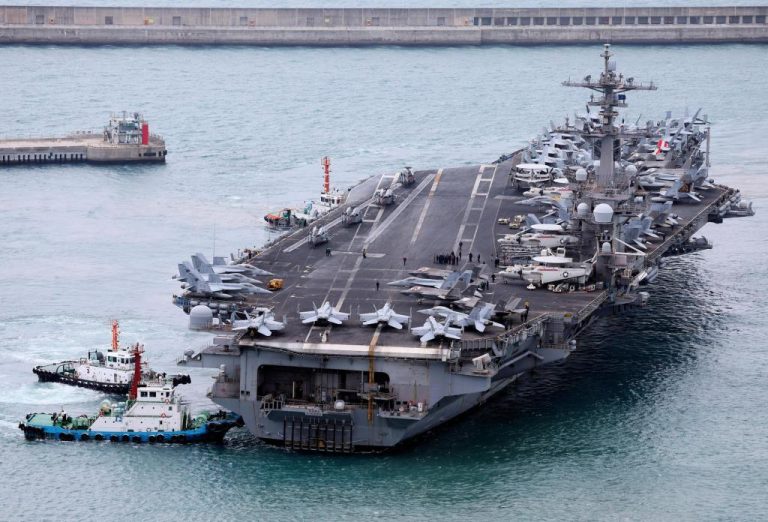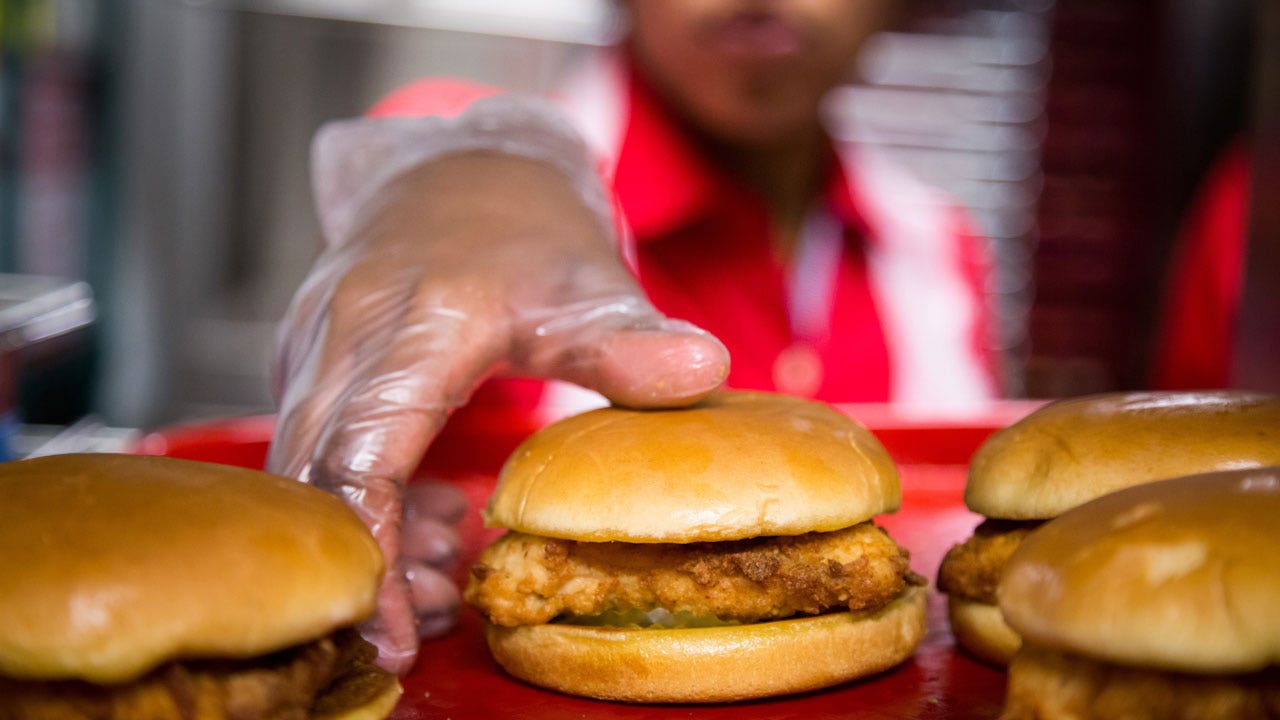
North Dakota Gov. Doug Burgum argues California’s new minimum wage law will affect every business in the state that deals with food on ‘Cavuto: Coast to Coast.’
If one thing rings true about the American cultural fabric, it’s our enduring love affair with fast food.
Over the last hundred years or so, countless fast-food chains have emerged that offer convenience, affordable fare and unique dining experiences.
But as consumer preferences change over time, some franchises fail to keep up.
TACO BELL, PIZZA HUT GOING ‘AI-FIRST’ WITH FAST-FOOD INNOVATIONS
Sometimes, bad business decisions bring about the downfall of a brand.
Even fast-food franchises that once rivaled industry titans can eventually fade into obscurity. And in rare cases, they can come back.
- Burger Chef
- Lum’s
- Sambo’s
- Steak and Ale
- Pizza Haven
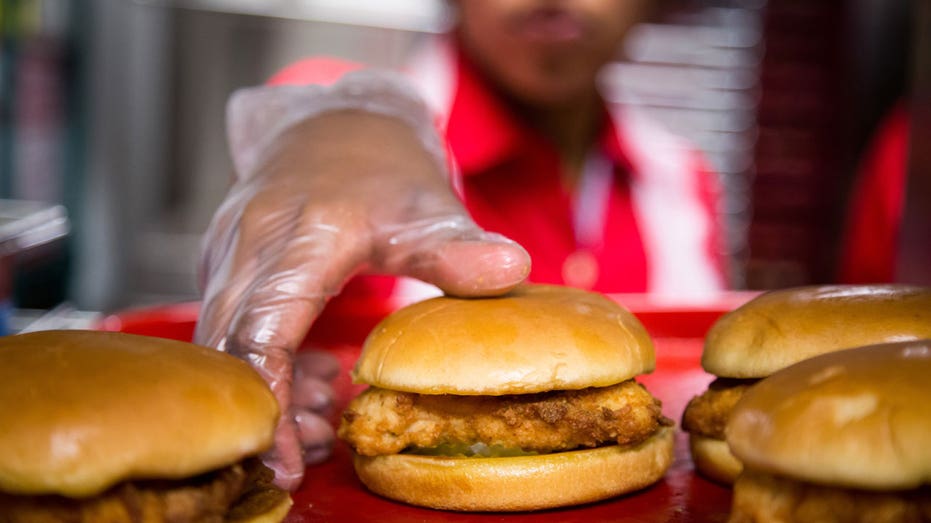
At its peak, the fast-food chain Burger Chef nearly matched McDonald’s in number of restaurants. (Michael Nagle/Bloomberg via / Getty Images)
The rise and fall of Burger Chef
1965-1996
The tale of Burger Chef is one of a meteoric rise to the height of industry dominance, only to go bust after coming within arm’s reach of McDonald’s title as the largest restaurant chain in the U.S.
At its peak in 1971, Burger Chef boasted over 1,200 locations, about 100 shy of McDonald’s numbers at the time, with a menu featuring hits like the “Big Shef” and “Super Shef” burgers.
The first Burger Chef was founded in Indianapolis, Indiana, in 1957 after its proprietors invented and patented the flame broiler. The restaurant pioneered the combo meal with their “Triple Threat” deal consisting of a burger, fries and a drink, which sold for just 45 cents. Despite its early prominence, Burger Chef eventually fell victim to mismanagement, changing owners numerous times before ultimately being bought by Hardee’s in 1982, after which most of its locations were converted. The last Burger Chef was changed into a Pleasers restaurant in 1996.
Lum’s: Not even KFC’s chairman could save it
1957-2017
At one point, Lum’s was a thriving franchise with over 400 restaurants in America, Europe and Puerto Rico. Founded in Miami in 1957, Lum’s offered the unique fare of hot dogs steamed in beer, a first for fast food.
TACO BELL CHARGING FOR SAUCE PACKETS PART OF ‘NEW CANTINA CHICKEN MENU’
Lum’s, Inc., purchased Caesars Palace, the hotel and casino in Las Vegas, for $60 million in 1969. In 1971, John Y. Brown, then-chairman of Kentucky Fried Chicken, bought Lum’s food operations, though he intended to act as an investor and take a back seat when it came to running the chain.
Then, the Swiss parent company of the Wienerwald restaurant chain purchased Lum’s, which comprised 273 locations at the time of purchase in 1978. But when Wienerwald and Lum’s filed for bankruptcy in 1982, the 70 remaining locations were abruptly closed, save for one last Lum’s, which ceased operations in 2017.
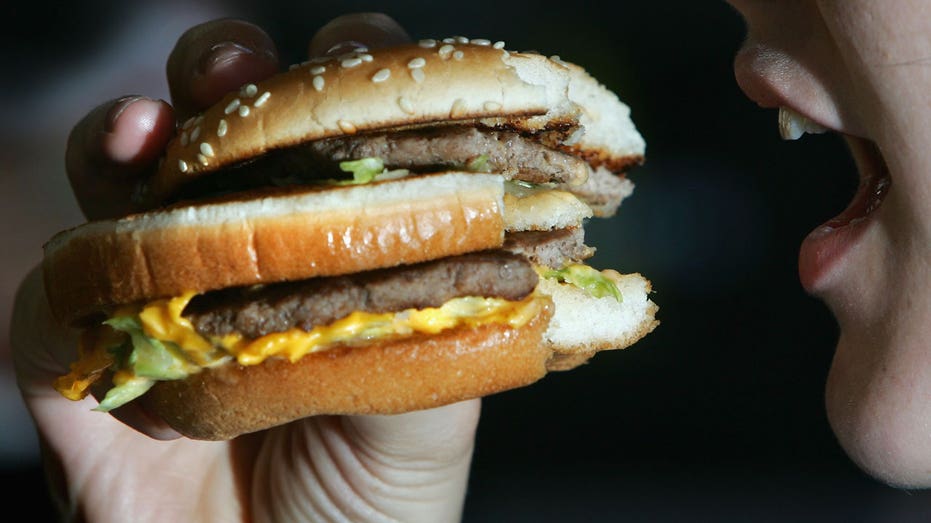
The concept of the kid’s meal was first introduced by Burger Chef as the “Fun Meal,” and Burger Chef actually sued McDonald’s over it, but today, McD’s Happy Meals are sold everywhere, and Burger Chef is no more. (Cate Gillon/Getty Images / Getty Images)
Controversy killed Sambo’s
1957-2020
The saga of Sambo’s began in Santa Barbara, California, in 1957, and serves as a cautionary tale about getting entangled in racial controversy. Despite initially flourishing, the chain faced increasing criticism over its name, which referred to a racist stereotype of a Black child who was content to serve. This archetype had been used as a defense of slavery. Sambo’s attempted many name changes, switching its mascot from the stereotypical child to a tiger, but the company eventually folded.
CLICK HERE TO SIGN UP FOR OUR LIFESTYLE NEWSLETTER
A series of protests and lawsuits coupled with unrelated internal challenges led to Sambo’s filing for bankruptcy in 1982. Restaurant Business reports that the last remaining location operating as Sambo’s changed its name in 2020 amid widespread protests following the death of George Floyd, drawing mixed reactions from the public.
Steak and Ale’s tale of triumphant return
1996-2008 … until April 2024
The Dallas-based Steak and Ale was once a beloved fast-casual eatery where patrons could enjoy a steakhouse filet for just $1.95 surrounded by Tudor-style decor. This pioneer of the salad bar operated 280 locations at its zenith.
However, the brand filed for Chapter 7 bankruptcy in 2008, leading to the closure of its remaining 58 outlets.
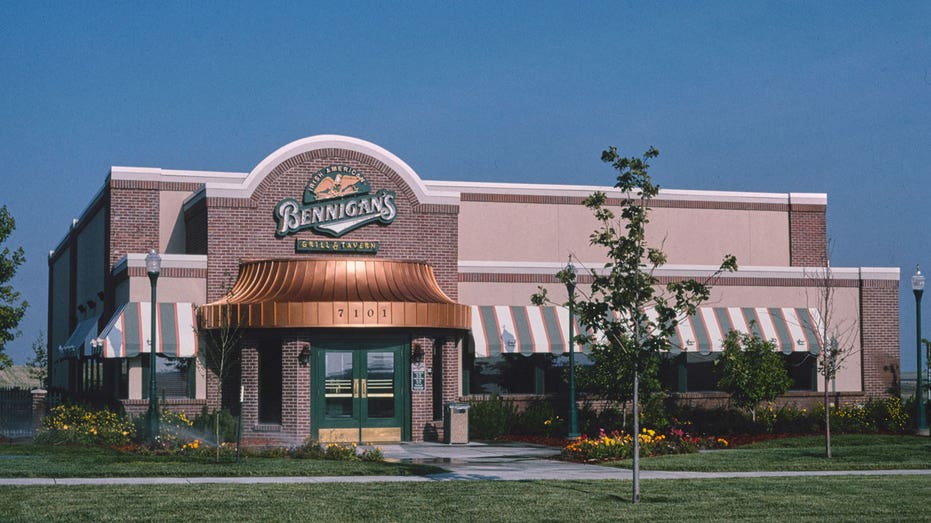
After Bennigan’s closed in 2008, it was successfully revived by Paul and Gwen Mangiamele — who intend to do the same with Steak and Ale. (HUM Images/Universal Images Group via Getty Images / Getty Images)
But it would not be long before Steak and Ale’s return was announced. Restaurant Business reports that Paul and Gwen Mangiamele acquired Steak and Ale in 2015. After reviving the Irish-themed bar-and-grill chain Bennigan’s, the Mangiameles announced that the iconic Steak and Ale would be resurrected in April 2024 in Burnsville, Minnesota. The comeback was guided by the input of over 52,000 people in a Facebook group.
Pizza Haven, once a powerhouse, now passé
1958-2012
Beginning in Seattle in 1958, Pizza Haven was a trailblazer in pizza delivery. It was one of the first brands to offer the “dial-a-pizza” experience.
Pizza Haven went on to expand its services beyond the U.S. to Russia, Poland and the Middle East, with 42 locations at its peak.
GET FOX BUSINESS ON THE GO BY CLICKING HERE
But the rise of pizza titans like Domino’s and Pizza Hut proved too much, and Pizza Haven was unable to compete, eventually submitting to bankruptcy by the late ’90s. The company made a Facebook post on April 13, 2012, announcing the closure of its last location in Seattle. Despite its demise, Pizza Haven is a cherished memory for many Pacific Northwesterners.
For more Lifestyle articles, visit www.foxbusiness.com/lifestyle.




